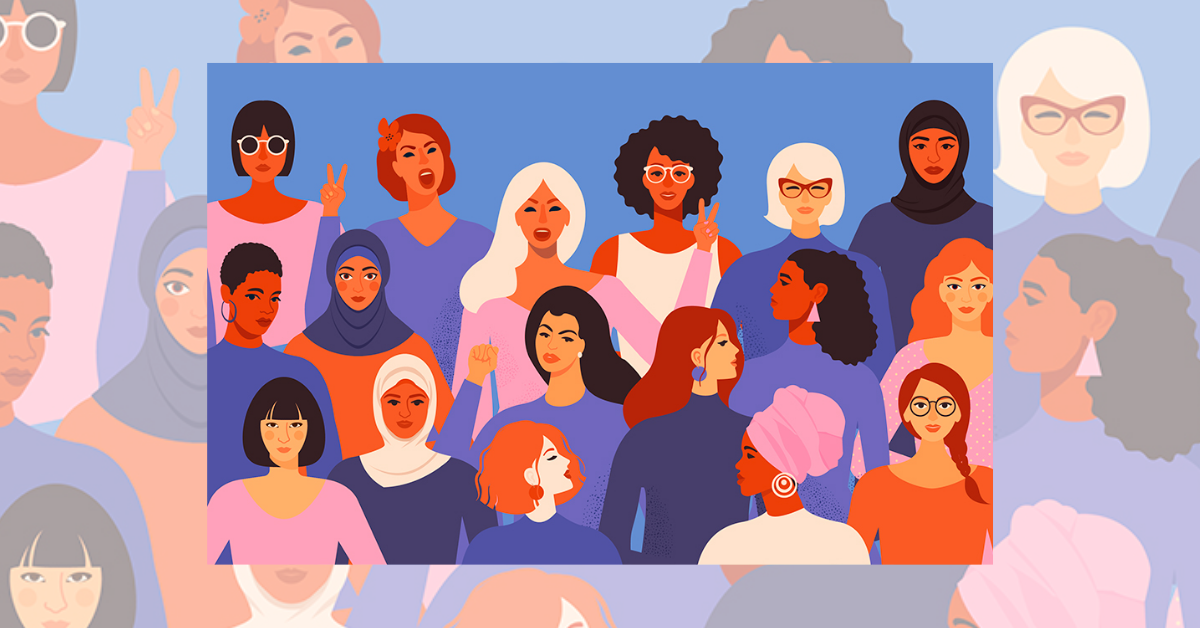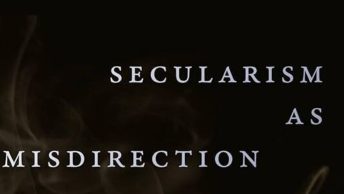[Ed Note: This post is a part of New Scholarship initiative, through which we aim to promote recently published scholarship in the area of Public Law. As part of this series, we will be publishing brief overviews capturing a short summary/introduction from the authors of recently published articles and papers and link them to the original paper. If you have something interesting that we should cover, write to us at submissions[at]lawandotherthings[dot]com with the subject “New Scholarship”]
[In this piece Unnati Ashish Ghia, introduces the arguments she makes in the Paper titled “Affirmative Action under Article 15(3): Reassessing the Meaning of “Special Provisions” for Women” that has been published by National Law School of India Review Vol. 32(2). The NLSIR Paper can be accessed here.]
In recent years, the Indian judiciary has expanded the scope of Articles 14 and 15 of the Constitution of India, towards ends such as the decriminalisation of queer sex and adultery, and the grant of permanent commissions to women in the defence forces. These developments may be a catalyst for future claims from gender minorities, but their impact travels beyond constitutional litigation. Notably, the recent judicial recognition of concepts such as substantive equality, indirect discrimination and structural disadvantage contributes to a corpus of constitutional principles which may impact State policy, including affirmative action for minorities.
In the paper, I am concerned with the existing and potential interpretations of Article 15(3) of the Constitution, with respect to women. The text of Article 15(3) reads as follows:
“Nothing in this article shall prevent the State from making any special provision for women and children”.
Article 15(3) intends to remedy disadvantages faced by women, yet its application has predominantly been based in paternalism. In interpreting the phrase “special provisions for women”, Indian courts have often reinforced oppression through an extensive reliance on gender stereotypes and constructed notions of protection. In light of the shortcomings of the existing approach, the paper illustrates the need for a reconceptualisation of Article 15(3) within a substantive equality framework.
In Part I, I examine the decisions of various High Courts as well as those of the Supreme Court of India (“SCI”), in order to understand the perceived rationale behind Article 15(3). While often understood as a protective or compensatory provision, I argue that the interpretation of Article 15(3) relies on two key gendered concepts in ascertaining the validity of laws— suitability and vulnerability.
In the first category of cases, women are supposedly advantaged and granted access to opportunities, but courts rely on traditional gender roles to buttress the outcome. For instance, the Delhi High Court upheld the appointment of only women as reservation clerks on the basis that they were more suitable to dealing with long queues of people.
In cases of ‘vulnerability’, women are characterised as helpless victims in need of rescue, essentially reducing them to objects without agency. This assumption has been codified into provisions such as Section 66(1)(b) of the Factories Act, 1948, which prohibits women from working beyond 7 p.m. Such provisions have then been justified as “special beneficial provisions” under Article 15(3).
In Part II, I explore how Article 15(3) has been presumed to be an exception to the rest of Article 15, in particular, to the non-discrimination provisions under Article 15(1) and (2). This interpretation excuses harmful yet facially beneficial gender classifications as “affirmative action”. The construction of Article 15(3) i.e., whether actions under the provision must be scrutinized strictly or liberally, itself is a matter of debate. As a result of these unexplored ambiguities, Article 15(3) has become a sanctuary for paternalistic state action.
In order to respond to the concerns with the existing approach, I seek to arrive at an interpretation of Article 15(3) that is in consonance with the principles of substantive equality.
In Part III, I seek answers to three essential theoretical questions, in order to better understand the dilemma facing the courts: What is affirmative action? Is affirmative action in consonance with the goal of equality? What is the relation between non-discrimination and affirmative action?
In Part IV and V, I examine the text and history of Article 15(3). The purpose of a historical analysis is not to suggest that an originalist interpretation of Article 15(3) is necessarily correct or desirable. Rather, the discussion of historical sources is to present cues towards original meaning, i.e., the meaning of the phrases at the moment of drafting. Importantly, I highlight that the drafters exhibited a certain prescience in recognising women as a protected group under Article 15(3), in and of themselves and independent of their other identities, while the discourse of the time focused on ideas of sameness and superficial equality.
The textual analysis in the paper focuses on the language of the provision itself, alongside the language of associated provisions, in order to understand the scheme, purpose and contemporaneous meaning of Article 15(3). In particular, I argue that Article 15(3) cannot be read as an exception to Articles 15(1) and (2), because the functions of clauses (1), (2) and (3) are different, and they address different forms of discrimination within a broader framework. Therefore, the text of Article 15 must be holistically read to encapsulate distinct forms and goals of substantive equality.
Drawing from these discussions, I propose a three part inquiry under Article 15(3) — (i) the identification of a specific manifestation of historical and/or structural disadvantage, (ii) the requirement of a nexus between the proposed measure and identified disadvantage, and (iii) the weighing of the measure against competing equality principles and goals under Articles 15(1) and (2). This framework is by no means exhaustive or infallible. My intent is to merely advance a potential interpretation that is true to the text and history of Article 15(3), and that is not susceptible to a reliance on gender roles and stereotypes.
Unnati Ashish Ghia is a counsel at the Bombay High Court in the chambers of Dr. Abhinav Chandrachud, and a graduate of NLSIU Bangalore.






Thank you for your sharing. I am worried that I lack creative ideas. It is your article that makes me full of hope. Thank you. But, I have a question, can you help me?
Thanks for sharing. I read many of your blog posts, cool, your blog is very good. https://www.binance.info/es/register-person?ref=T7KCZASX